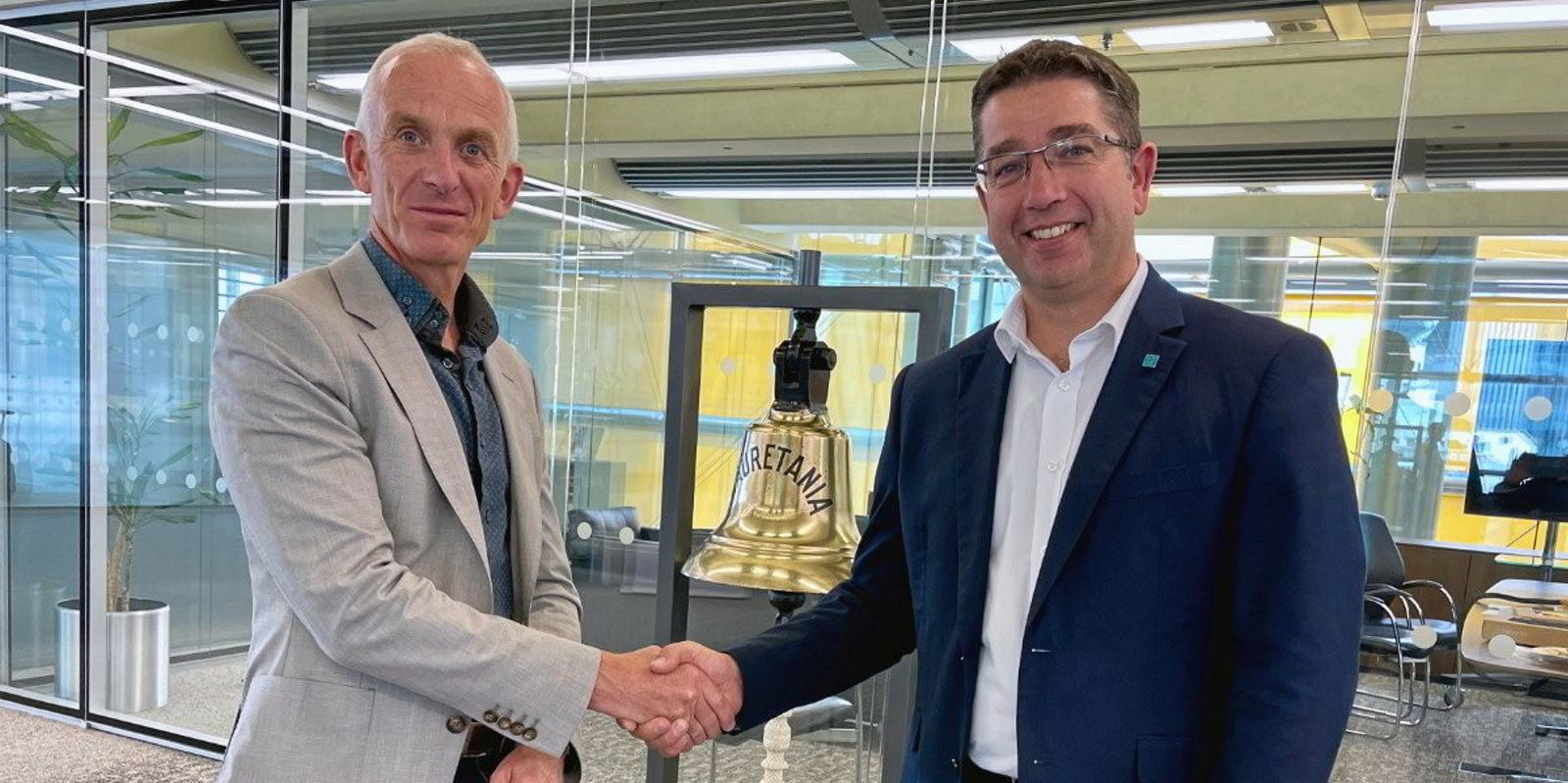I would invest my $1bn in the people that will make our industry thrive and produce meaningful action on a safe maritime energy transition. It could be argued that our need to attract, retain and develop diverse talent has never been so high.
This article is part of a series written by people across shipping in response to this question about how to deploy a hypothetical TradeWinds Sustainable Shipping Fund:
How, where and why would you invest $1bn for the best return in sustainable shipping, as the industry grapples with the need to cut carbon emissions, improve efficiency and keep cargoes moving in a world facing multiple economic and political challenges? The investment will be made now and ideally held for the next seven years to the end of the decade. As an added bonus, give one policy or regulation you would like to implement from 1 January 2023 to benefit shipping?
This starts with seafarers being treated with the same respect as afforded to other key workers. By the end of this decade, 450,000 seafarers will need to be up-skilled in the safe handling and operation of future fuels. It is vital that our investment in people over the next decade is focused on a fair and just transition, giving opportunity to seafarers. As the pandemic has shown, they will be the people who are vital to keeping world trade moving, safely and sustainably.
There is real appetite from the maritime community for change. What was once talk and a stream of announcements on decarbonisation is now action. We need to nurture our first movers, amplifying their achievement, and share real-world learning and practical solutions to the challenges of decarbonisation.
Investment in research and development — such as green corridors and large-scale demonstrator ships — through collaborative spaces is key. We hope that projects such as the Castor Initiative, which will see an ammonia-fuelled deepsea tanker in operation in 2026, and the work of the LR Maritime Decarbonisation Hub’s Silk Alliance will stimulate other collaborations across the maritime industry.
Regulation and policy
We need clear signals that shipping is migrating en masse to new fuels and technologies, and we need to give sufficient warning to fuel producers and technology providers of our industry’s demand needs. The scale of our demands are huge. Therefore, we should be talking about a regulation that will incentivise the construction of zero-emission-fuelled ships from a set date, possibly before the end of the decade. Many feel a harder line on carbon goals is required with clarity on mid-term targets for the introduction of zero-emission vessels. If stakeholders feel they can continue to build conventional-fuelled ships in the 2030s, will they be putting the right strategies in place over the coming years?
I would also like the maritime industry to enjoy better visibility, with a greater mainstream appreciation of the vital work we do in maintaining global supply chains. This could be something as simple as an indicator on consumer goods showing that the item was transported by sea, which is still the most efficient way to move goods. Or it could be recognition that country-level commitments to COP and the 1.5C challenge will not be met unless shipping transports huge quantities of hydrogen-based fuels from low-carbon production countries to net energy importers.




